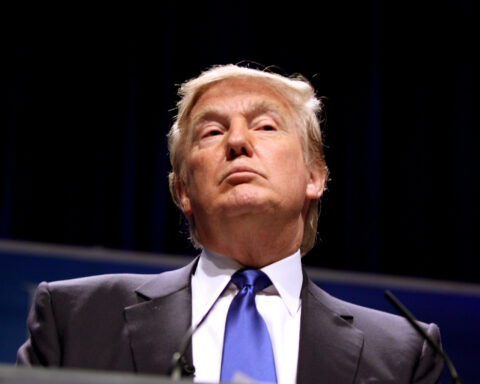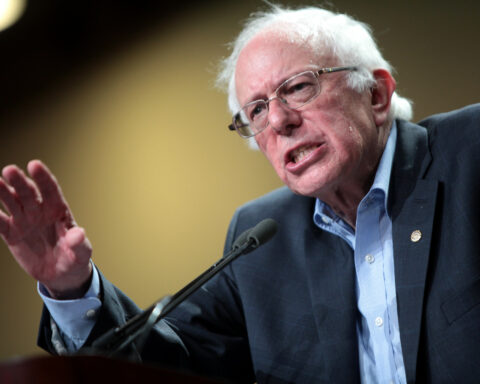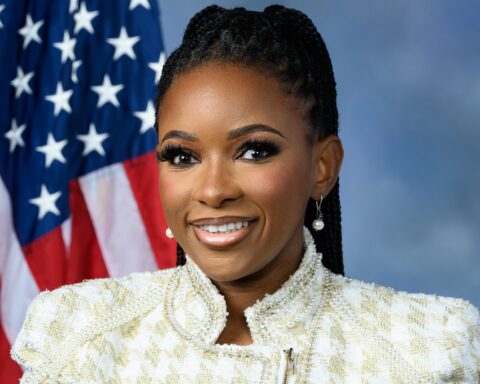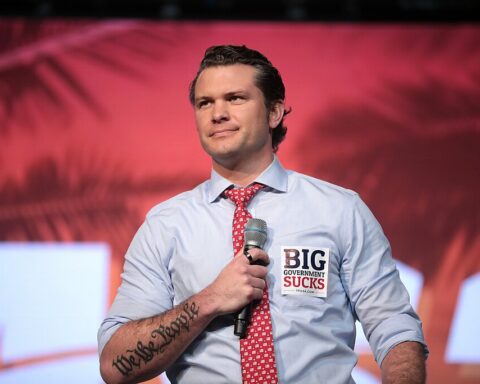In a sweeping new regulation announced Tuesday, the U.S. Food and Drug Administration (FDA) revealed its first move to Make America Healthy Again.
The plan intends to eliminate six petroleum-based synthetic food dyes from the national food supply by the end of 2026, a move which could significantly alter the appearance of everything from popular candies and baked goods to beverages and snacks.
The affected dyes — FD&C Green No. 3, Red No. 40, Yellow No. 5, Yellow No. 6, Blue No. 1, and Blue No. 2 — have been staples in the American food industry for decades.
Red 40, in particular, is one of the most widely used additives, found in items like cakes, candy, sodas, protein powders, and snack foods.
Originally, the FDA had planned to ban Red 3 by 2027 after studies showed it caused cancer in lab rats, but the agency is now accelerating that timeline.
The FDA claims the move is part of a broader effort to replace synthetic dyes with “natural alternatives,” and says it will soon revoke authorization for any of the targeted dyes that are no longer in production.
It also plans to phase out the remaining ones still in use by the end of next year.
Additional synthetic colorings, including Citrus Red No. 2 and Orange B — used on orange peels and sausage casings, respectively — are also slated to be banned.
To replace the petroleum-based additives, the FDA is authorizing four new natural food dyes.
These are expected to come from sources such as beets, algae, red cabbage, purple sweet potatoes, and even crushed insects.
Health Advocacy Groups Celebrate
The announcement has been cheered by health advocacy groups who have long claimed synthetic dyes contribute to hyperactivity and attention issues in children.
Critics argue that these claims rely on shaky, inconclusive research, and that the FDA is caving to pressure from activist groups at the expense of personal freedom and industry stability.
However, Canada and Europe have long required warning labels on food that contains petroleum-based food dyes, which has nearly eliminated them from use due to negative perception.
HHS Secretary Robert F. Kennedy Jr. hinted at similar warning labels in the US if companies do not voluntarily get on board with the ban.
According to Sensient Colors, one of the largest suppliers of food dyes globally, many American food manufacturers have already started reformulating products to meet what they see as inevitable regulatory shifts.
Natural alternatives, however, often result in higher production costs and less vibrant colors — which could mean more expensive and less appealing products for consumers.









